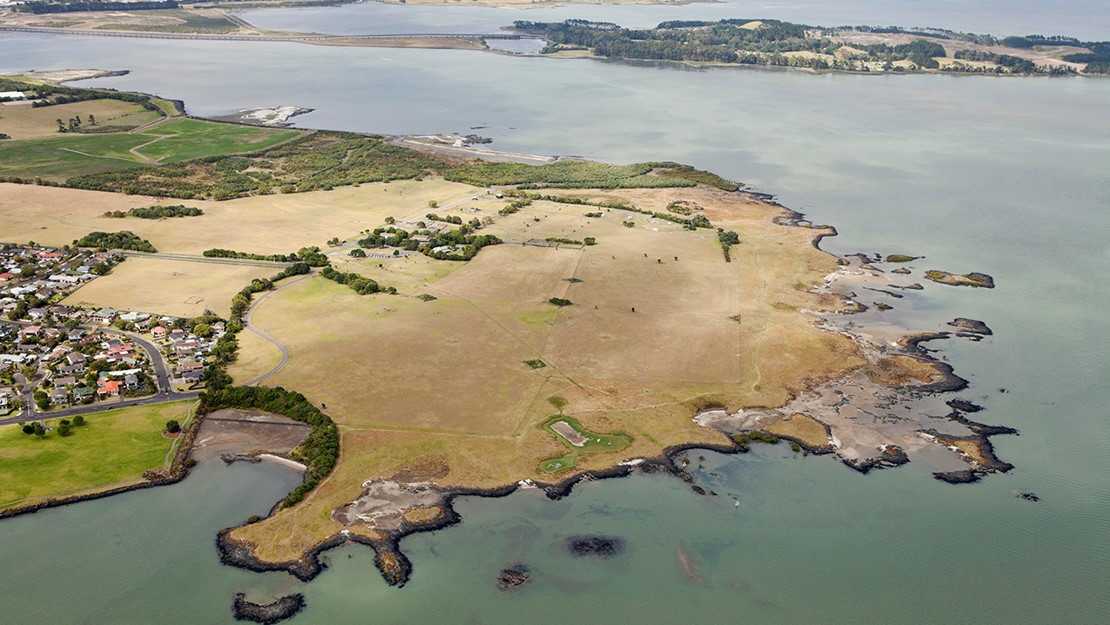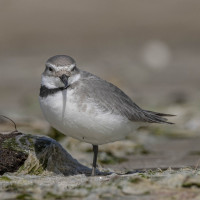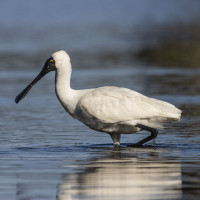Beschreibung
Ambury Farm lies along the coast of the Manukau Harbour in the suburb of Māngere Bridge south of Auckland city. The coastline with its mud flats is an important habitat for shorebirds and you can expect to see over a thousand birds. Among the 86 bird species that have been identified to date are regulars such as Pied Stilt, , Royal Spoonbill, White-faced Heron, New Zealand endemics Wrybill, New Zealand Dotterel, Variable Oystercatcher, and South Island Oystercatcher. You may see shags such as the Little Pied Cormorant, less regular or seasonal waders such as , , and , and gulls and terns like the White-fronted Tern. The birds can be observed out on the mud flats and - even better - at the several roosting sites close to the path during high tide.
Details
Zugang
Ambury Regional Park is situated 15 kilometres south of Auckland city on the shore of Manukau Harbour. Pedestrian access - Open 24 hours. Gate access summer - 6am to 9pm (Daylight saving). Gate access winter - 6am to 7pm (Non-daylight saving). Vehicle access - An automatic gate is located at the park entrance. No access after closing hours, but it opens at any time for vehicles exiting the park. The path along the coast is flat with light gravel suited for both wakling and cycling; the path around the lagoon is narrower and better suited for walking.

 nzs.jpg)

